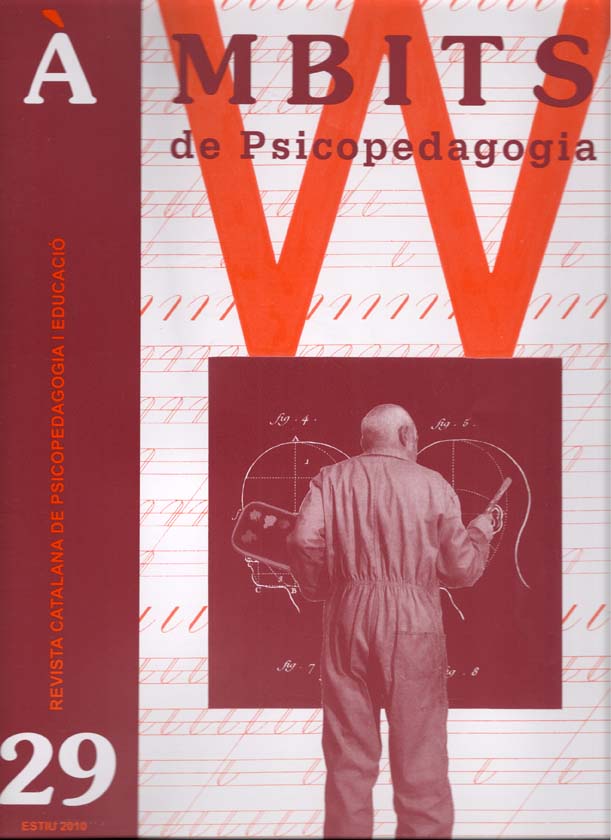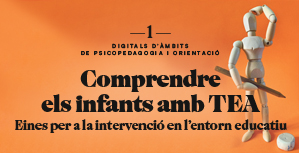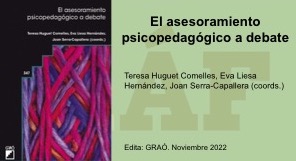Paediatric brain injury
Abstract
Brain injury in children have increased significantly in recent years. Traumatic brain injury, the main cause, produces physical, cognitive, behavioral, emotional and social impairments. Brain-injured children present attentional disorders, memory and learning problems, slowed information processing and executive dysfunction. These deficits have an effect on the child, their family and the school. Neuropsychological intervention must also incorporate the school. This article proposes a set of guidelines to improve brain-injured children’s learning abilities.
References
Catroppa, C., y Anderson, V. (2006) Planning, problem-solving and organizational abilities in children following traumatic brain injury: intervention techniques. Pediatric Rehabilitation; 9: 89-97.
Christensen, A.L., y Uzzell, B.P. (2000). International Handbook of Neuropsychological Rehabilitation. Critical Issues in Neuropsychology. Kluwer Academy/Plenum Publishers. New York.
Fedace (2008) Daño cerebral adquirido infantil. Cuadernos FEDACE sobre Daño Cerebral Adquirido. Madrid.
Laatsch, L., Harrington, D., Hotz, G., Marcantuono, J., Mozón, M., Walsh, V., et al. (2007) An evidence-based review of cognitive and behavioral rehabilitation treatment studies in children with acquired brain injury. The Journal of Head Trauma Rehabilitation, 22, 248-256.
Sohlberg, Mc.M., y Mateer, C.A. (2001) Cognitive rehabilitation. An integrative Neuropsychological Approach; New York: The Guilford Press.
Downloads
Published
Issue
Section
License
The authors maintain their copyright and give the right to the first publication of the work to the journal, registered under a Creative Commons Attribution-Non Commercial-NoDerivs license. This license allows others to download the works and to share them with others as long as they credit the author, but it does not allow for any kind of modification or commercial use.















